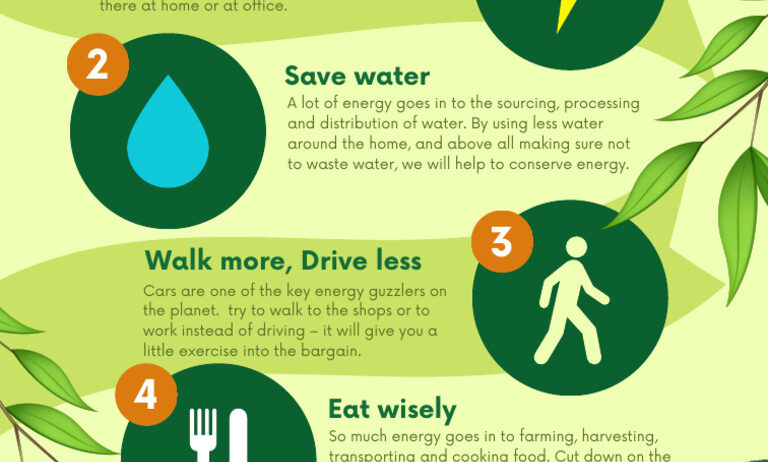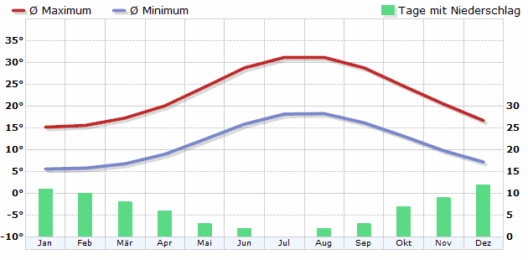Conserving energy while engaging in physical activities such as running or exercising is paramount not only for individual well-being but also for the environment. As we become increasingly aware of our carbon footprint, it is imperative to implement strategies that reduce energy consumption during workouts. This discourse will delve into various methodologies by which individuals can conserve energy in their fitness regimes, encompassing aspects of attire, equipment, and technique, while also reflecting on the broader implications of these practices.
1. Selecting Appropriate Gear
The choice of attire and equipment plays a significant role in energy conservation. Athletic wear designed for moisture-wicking can enhance comfort and efficiency. When running or exercising, breathable fabrics allow for better temperature regulation, which minimizes the energy expended by the body to cool itself. Lightweight shoes designed for specific activities can also augment performance by providing appropriate support without unnecessary weight. Furthermore, opting for locally-sourced brands can reduce the carbon footprint associated with the shipping of goods.
2. Embracing Sustainable Practices
Utilizing exercise equipment powered by human effort rather than electricity constitutes another avenue for energy conservation. For instance, stationary bikes and elliptical machines that do not rely on external power sources can facilitate workouts that are both effective and eco-friendly. Additionally, engaging in outdoor activities such as running or cycling contributes to energy efficiency by eliminating the need for electricity altogether. Adopting these types of workouts not only preserves energy but also deepens one’s connection to nature.
3. Optimizing Workout Timing
Exercising during cooler parts of the day can lead to substantial energy conservation. Morning or evening workouts mitigate the necessity for air conditioning in gym environments, thereby reducing the energy expenditure associated with temperature control. Moreover, aligning workout schedules with natural daylight promotes a more organic and invigorating atmosphere, further encouraging energy savings.
4. Mindful Nutrition
Your nutritional choices impact your energy levels and overall efficiency while exercising. Consuming locally-sourced and seasonal foods not only supports local farmers but also reduces the energy invested in long-distance transportation. Energy-dense foods, such as nuts and seeds, provide a sustained release of energy, thus minimizing the need for excessive caloric intake. This conscious approach to nutrition can lead to enhanced physical performance without overburdening the environment.
5. Utilizing Technology Wisely
In the realm of workouts, technology can be both a utility and a burden. Employing fitness trackers and smartwatches can enhance your training regimen by providing insights into heart rate and calorie expenditure. However, it is crucial to balance technology use with energy conservation. Limiting the use of battery-powered devices during workouts or opting for solar-powered gadgets can significantly curtail energy usage. Furthermore, reducing reliance on apps that require constant internet connectivity can further promote sustainability.
6. Circuit Training and High-Intensity Interval Training (HIIT)
Both circuit training and HIIT are effective strategies to maximize workout efficiency while conserving energy. These methodologies encourage vigorous bursts of activity interspersed with short recovery periods, optimizing calorie burn and minimizing overall workout time. By reducing the length of exercise routines, participants conserve both their energy and the energy expended in maintaining a workout environment. This approach allows for extensive physical benefits without excessive resource consumption.
7. Carpooling and Eco-Friendly Transportation
When it comes to reaching your chosen exercise location, employing eco-friendly transportation options can impact energy conservation significantly. Carpooling with fellow fitness enthusiasts, cycling, or using public transportation reduces the individual carbon footprint associated with commuting. Walking or jogging to a local gym contributes not only to fitness but also to energy efficiency. These habits are instrumental in fostering a communal effort toward sustainability.
8. Engaging in Community Workouts
Community-driven exercise sessions, such as group runs or outdoor yoga classes, promote social connection and energy conservation simultaneously. By gathering with others, the energy output of a single individual is diluted across the group. Such initiatives help diminish the reliance on electric lighting and heating in traditional gym settings, making the exercise experience exponentially more environmentally friendly.
9. Practicing Mindfulness
Integrating mindfulness into your fitness regimen enhances each workout’s effectiveness while promoting mental clarity. By being present and attentive to your body’s signals, individuals can cultivate a more sustainable approach to their routines. This attentiveness often leads to a natural reduction in energy expenditure, as practitioners are less likely to overexert themselves or engage in unnecessary physical stressors.
10. Incorporating Rest Days
Rest days are pivotal in any training regimen. They allow for physical recovery and mental rejuvenation. Incorporating adequate rest not only conserves energy for high-performance days but also mitigates the risk of burnout and injury. Understanding the balance between activity and rest is essential in promoting longevity in fitness pursuits while simultaneously adhering to principles of energy conservation.
In conclusion, the pursuit of energy conservation in running and exercising encompasses a multifaceted approach. By selecting appropriate gear, adopting sustainable practices, optimizing workout timing, nurturing mindful nutrition, and utilizing technology judiciously, individuals can significantly lessen their energy footprint. Furthermore, incorporating community workouts, practicing mindfulness, and recognizing the importance of rest are critical components of a holistic strategy. As the global community faces the pressing challenge of climate change, individual actions can collectively foster a meaningful impact, creating a healthier planet alongside a healthier populace.







